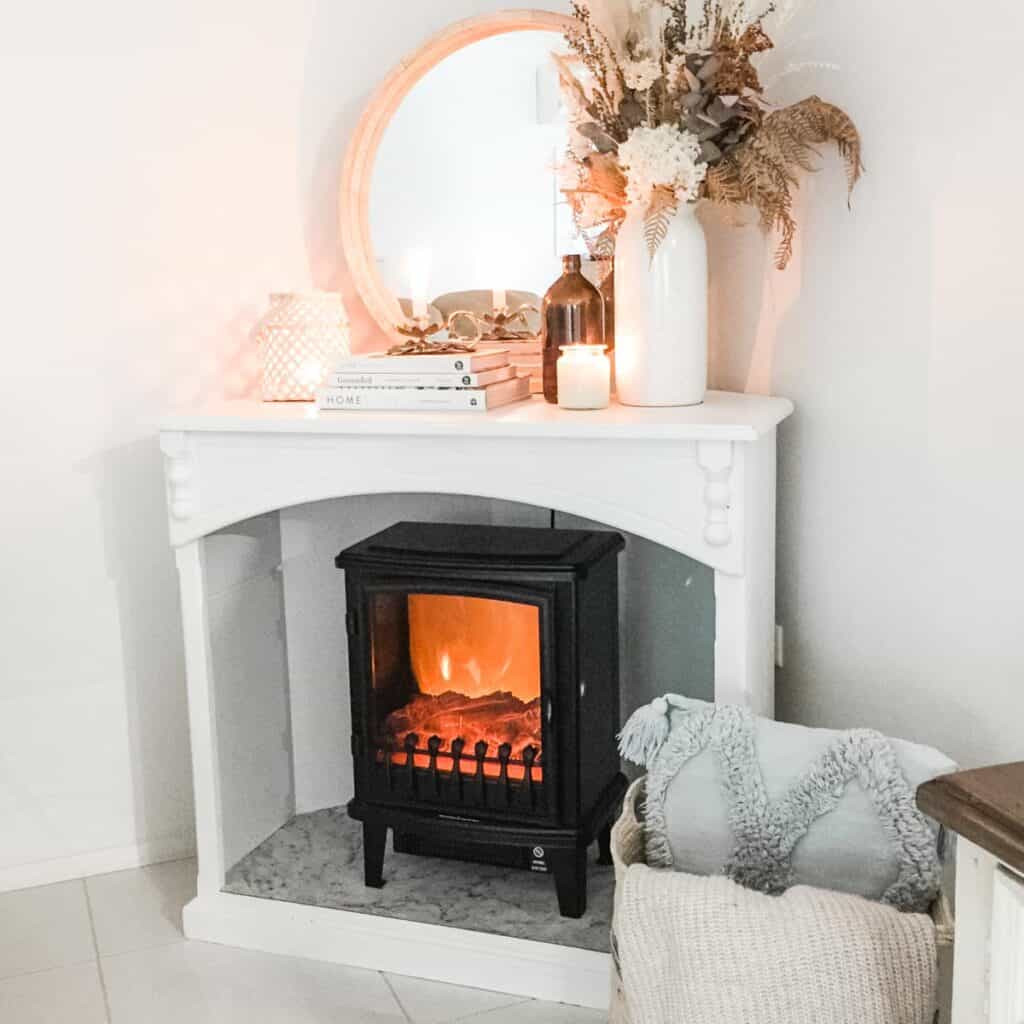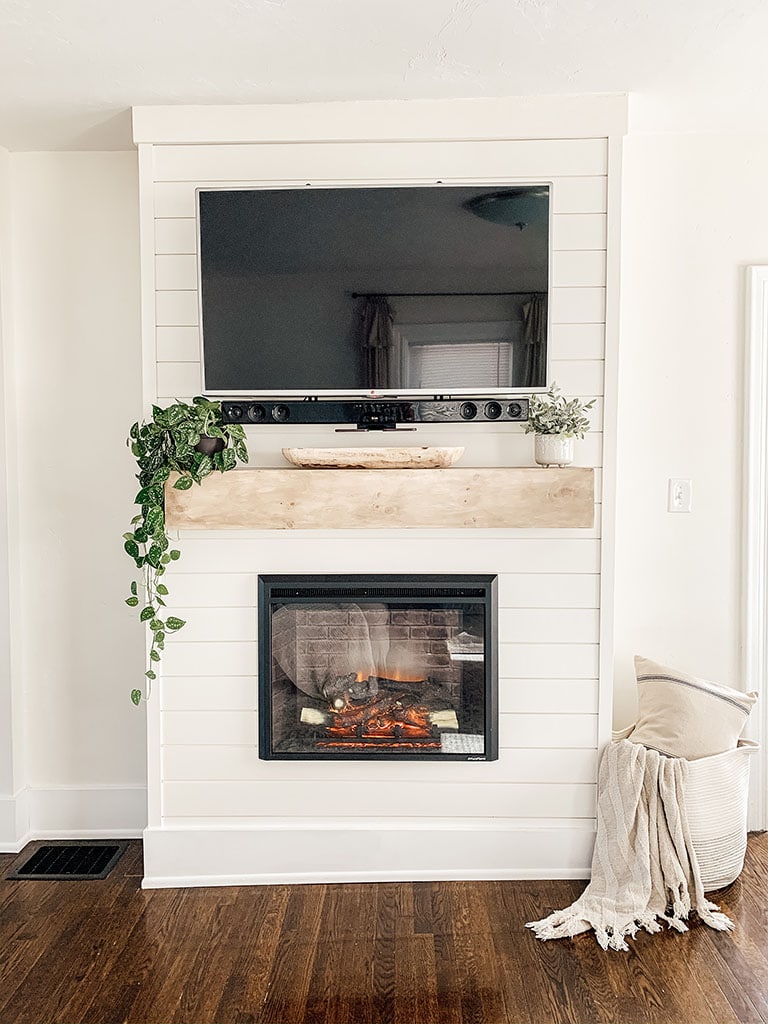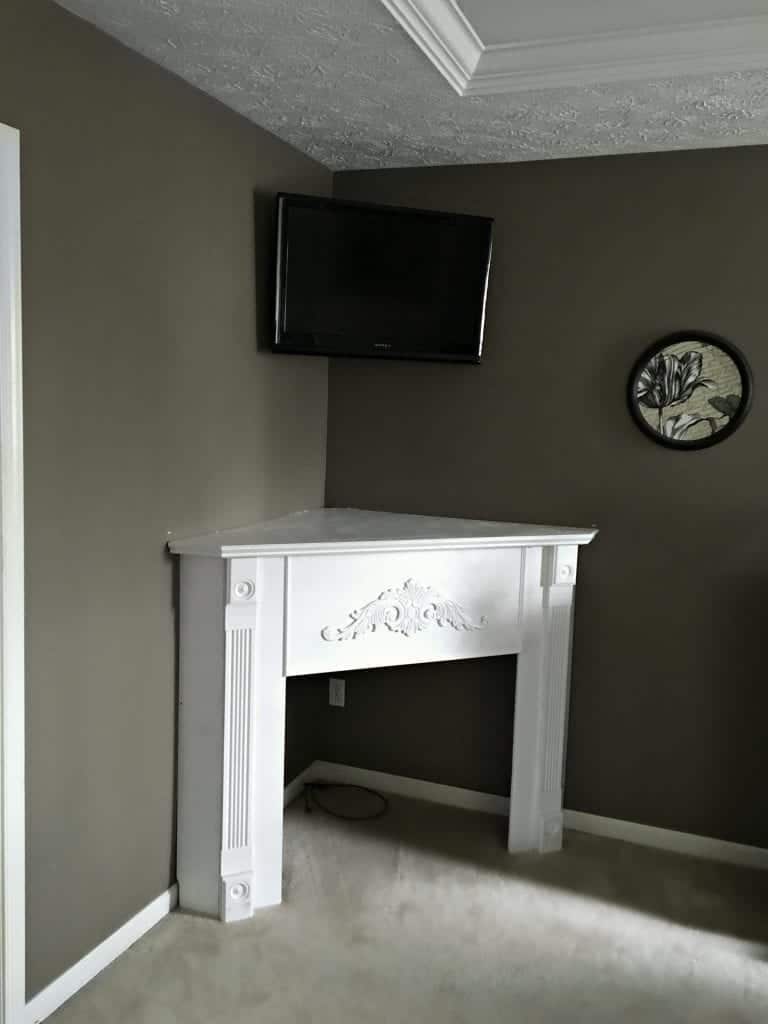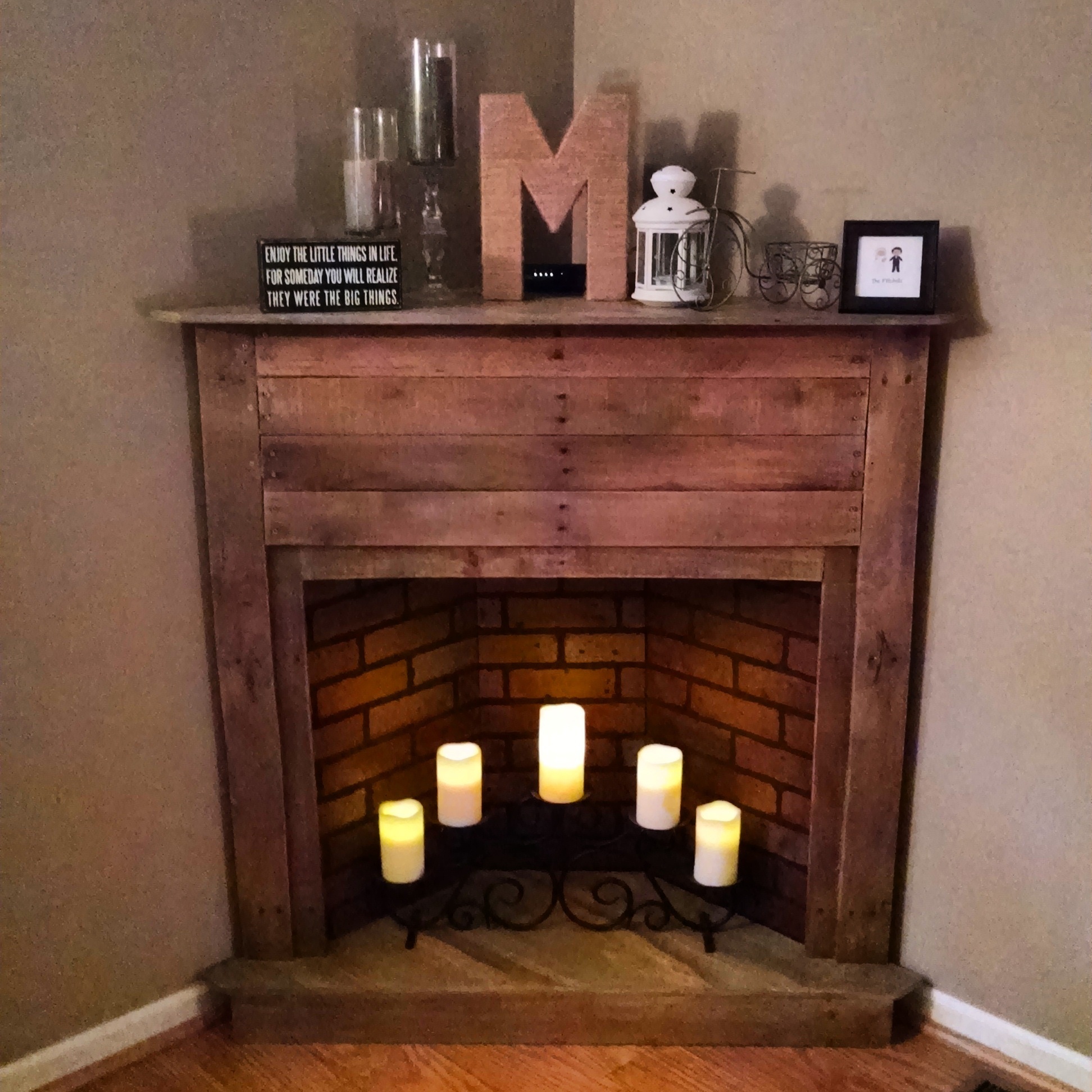A DIY faux corner fireplace brings the warmth and ambiance of a real fireplace to any room without the need for extensive remodeling. I’ve helped many homeowners create these charming features, and they consistently become the focal point of living spaces. Whether you want the look of a rustic brick hearth or a sleek modern mantel, a faux fireplace adds character and style. Best of all, it requires no chimney, venting, or major construction. Let’s explore how to design and build a convincing faux fireplace that fits perfectly in your corner.
Choosing the Right Design for Your Space
The first step is deciding on a style that complements your room’s decor. For traditional homes, I recommend a classic mantel with faux brick or stone veneer. Modern spaces look great with clean-lined, painted designs featuring floating shelves or geometric shapes. Measure your corner carefully, ensuring the fireplace won’t obstruct walkways or furniture. I typically aim for a height between 4 to 5 feet, making it visually substantial without overwhelming the room.
Consider whether you want a purely decorative piece or one with functional elements. Electric fireplace inserts provide realistic flames and heat, while LED candles or string lights offer a flickering glow without wiring. For a rustic touch, I’ve built faux wood storage nooks beneath mantels using reclaimed wood or faux logs. The design should balance aesthetics with practicality, fitting seamlessly into your existing layout.
Materials play a key role in achieving a realistic look. Lightweight foam bricks or stone panels create texture without heavy construction. Prefabricated mantels save time, while DIY versions from plywood or MDF allow complete customization. I often use peel-and-stick tiles or textured paint to mimic materials like marble or aged wood. The goal is creating depth and dimension that tricks the eye into seeing a real fireplace.
Building the Fireplace Structure
Start with a sturdy base that anchors the faux fireplace securely. I use 2×4 lumber to build a simple frame, ensuring it’s level and square. For a more permanent installation, secure the frame to wall studs with screws. If you’re renting or want flexibility, a freestanding design with weighted base panels works well. Cover the frame with plywood or MDF, cutting openings for any inserts or decorative elements.
The mantel is the focal point, so take time to craft it carefully. I build box-style mantels from 1×6 or 1×8 boards, joining them with wood glue and nails. For a reclaimed wood look, I distress new lumber with chains, nails, and stain. Pre-made polyurethane mantels offer intricate detailing without carving skills. Paint or stain the mantel before attaching it to the structure, ensuring even coverage on all sides.
Add texture to the surround using your chosen materials. Faux stone panels attach with construction adhesive, while brick veneers can be mortared or glued in place. I often layer materials for depth, like combining a stone hearth with a shiplap surround. Use caulk to fill gaps and seams, then paint or stain for a cohesive finish. The more attention you give to details, the more authentic the final result will look.

Creating Realistic Fire Effects
Electric fireplace inserts provide the most convincing flame effects. I recommend models with adjustable brightness and heat settings, fitting them into the faux fireplace opening. For built-in looks, I frame the insert with a decorative screen or faux logs. Battery-operated LED flame lights offer a wireless alternative, perfect for apartments or temporary setups. Place them behind stacked books or logs to create depth.
Candles and string lights work well for subtle ambiance. I arrange pillar candles of varying heights on the hearth, using flameless varieties for safety. Fairy lights tucked behind faux logs or glass pebbles mimic embers beautifully. For a modern twist, I’ve installed backlit panels with flame imagery that change color. The key is layering light sources to create movement and warmth.
Sound enhances the illusion. Small Bluetooth speakers hidden inside the fireplace can play crackling fire sounds. I’ve even used apps that sync flame visuals with audio for a fully immersive experience. If using real candles, always supervise them and keep flammable materials away. The goal is creating a cozy atmosphere without safety risks.
Decorating Your Faux Fireplace
The mantel is prime real estate for styling. I follow the rule of thirds, grouping items in varying heights. A large mirror or artwork anchors the arrangement, flanked by vases, books, or small plants. For seasonal changes, I swap out decor—pumpkins in fall, evergreen boughs in winter. Keep the scale proportional to your mantel’s size, avoiding overcrowding.
The hearth area adds character. Stacked books, woven baskets, or a pile of faux logs create a lived-in look. I often place a decorative screen in front of empty openings to hide cords or storage. For family rooms, kid-friendly touches like framed photos or small toys make the space feel personal. Rotate accessories occasionally to keep the display fresh.
Don’t forget the surround. Framed art or sconces on adjacent walls draw attention to the fireplace. A cozy chair or ottoman positioned nearby completes the vignette. I sometimes drape a lightweight garland or fabric swag above the mantel for softness. The overall effect should feel inviting, not staged.
Maintenance and Safety Tips
Dust your faux fireplace regularly to keep it looking fresh. I use a microfiber cloth for smooth surfaces and a soft brush for textured areas. Touch up paint or stain as needed, especially on high-touch mantel edges. For electric inserts, follow manufacturer instructions for bulb replacement and vent cleaning.
Safety is crucial with any faux fireplace. Keep flammable materials away from heat sources, even if using flameless candles. Secure heavy mantels properly to prevent tipping, especially in homes with children or pets. If incorporating electrical elements, use surge protectors and avoid overloading circuits. Check cords periodically for wear.
Consider mobility if you might rearrange furniture later. I’ve built faux fireplaces on sturdy bases with felt pads for easy sliding. Modular designs that disassemble into a few pieces simplify moving. For renters, temporary adhesive strips can secure lightweight components without damaging walls.
How much does a DIY faux fireplace cost?
Costs range from $50 for simple cardboard or foam designs to $500+ for elaborate builds with electric inserts. Basic mantel-only projects using pine boards and trim cost $100-$200. Faux stone veneers add $50-$150 depending on coverage area. Electric fireplace inserts start around $200 for basic models. I recommend setting a budget first, then choosing materials accordingly. Many stunning results come from repurposed items like old doors or shelving units.
Can I make a faux fireplace look real?
Absolutely. The key lies in layering realistic details. Use textured materials like brick veneer or stone panels instead of flat paint. Add depth with a recessed firebox area, even if nonfunctional. Include a hearth extending onto the floor. Mantel styling with tools, logs, or ash buckets sells the illusion. Lighting matters most—flickering LED candles or an electric insert create convincing movement. Viewing angles help too, position seating so people see the fireplace from slightly oblique angles rather than straight-on.
What’s the easiest faux fireplace to build?
A mantel-only design requires minimal construction. Mount a prefabricated mantel shelf directly to the wall, then decorate the wall beneath it. For more dimension, build a simple box frame from 1×12 boards, paint it, and add trim details. Another easy option uses a large picture frame as the firebox opening, backed with mirror or flame-printed fabric. I’ve even created convincing fireplaces from bookcases by removing some shelves and adding a mantel top.
How do I secure a faux fireplace safely?
Wall-mounted designs must anchor to studs using heavy-duty brackets or a French cleat system. Freestanding units need wide, weighted bases—I fill hollow baseboards with sand or gravel. For electric inserts, secure cords along baseboards with adhesive clips. Check all connections monthly, especially in homes with active kids or pets. Avoid placing heavy objects on mantels that could topple forward. In earthquake-prone areas, use flexible adhesive caulk that allows slight movement without failure.
Can I add heat to my faux fireplace?
Yes, several safe options exist. Electric fireplace inserts provide adjustable heat without venting needs. Small space heaters designed to look like firewood bundles can sit inside the opening. For minimal warmth, incandescent light bulbs in metal cans radiate gentle heat. Always follow manufacturer guidelines for clearance distances. I avoid propane or ethanol burners in faux fireplaces unless specifically designed for them—improper ventilation creates serious risks.
How do I decorate a faux fireplace for different seasons?
Seasonal decor keeps the feature fresh year-round. In spring, I use pastel candles and floral wreaths. Summer calls for seashell displays or framed beach prints. Fall arrangements feature mini pumpkins and autumn leaves. Winter showcases evergreen garlands and stockings. The mantel’s central artwork or mirror can also change seasonally. For quick updates, switch out textiles like the hearth rug or mantel runner. Store off-season items in labeled bins near the fireplace for easy rotation.
How To Build A Faux DIY Corner Fireplace (with German Schmear
diy faux corner fireplace – Google Search Faux fireplace diy
Framing gas fire place corner unit DIY
Pallet Faux Fireplace – RYOBI Nation Projects
Related Posts:









